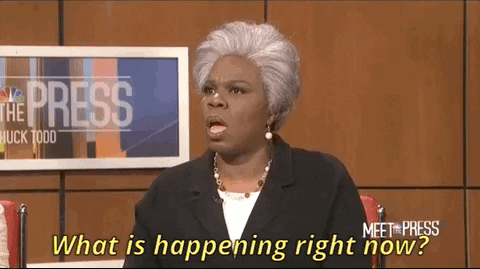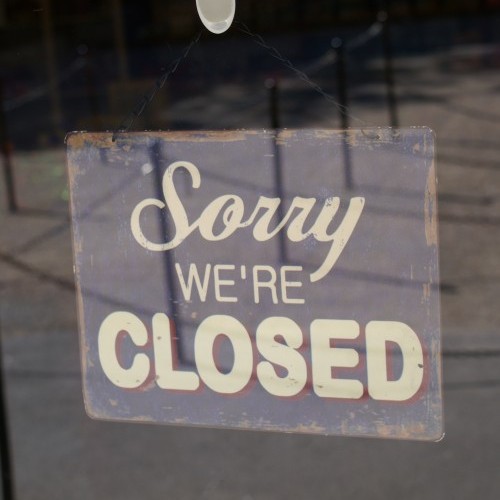Abortion rights, women of color, and LGBTQI+ people are under attack. Pledge to join us in fighting for gender justice.
The Message of Women and Pain
About thirteen years ago, I was sitting in a car crying. I had just left a doctor’s office with a diagnosis of fibromyalgia. I was terrified for my future, but I was also relieved to finally have a diagnosis – to finally have a word for my pain that had been part of my life since high school.
That was also the moment I decided to apply to law school. Not knowing if my pain would progress, I no longer wanted to delay something I had been considering for years. In many ways, my diagnosis of fibromyalgia was an important step in my path towards working at the National Women’s Law Center.
Because today is my last day in the office with the Law Center, it seems fitting to write about the chronic pain millions of women struggle with every day. Because the pain that eventually brought me to the Law Center is also the pain that motivates me improve access to health care.
Women and Chronic Pain
Many women feel neglected or dismissed when they look to the health care system for help, even though women are more likely to experience chronic pain than men.
- Women are more than twice as likely than men to suffer from severe headaches or migraines
- Over 80 percent of people diagnosed with fibromyalgia are women.
- Women are 2 to 3 times more likely than men to have rheumatoid arthritis.
Women and Sexual Pain Disorders
Millions of women suffer from sexual pain disorders. These are conditions that we do not talk about. Women – and the men in their lives – may not know these conditions exist or that they can get help for their pain.
- Almost 3 out of 4 women have pain associated with intercourse during their lives.
- Vulvodyina is a chronic pain of the vulvar that women have described as “acid being poured on my skin” and “constant knife-like pain.”
- Endometriosis is a painful condition that results from the tissue that lines the uterus growing outside of the uterus.
- Pelvic floor dysfunction can cause pain in the vulva, pelvis, low back and even the upper and lower extremities.
- Dysmenorrhea is pain associated with menstruation that can be debilitating for some women.
Pain is one of the most personal experiences we ever face. Nobody can see my pain. Nobody can feel my pain. But the millions of us who have chronic pain can talk. We can find the words to let our friends, families, medical providers, and policy makers know that we are here and that we push through pain every day. We can make our invisible conditions visible. As others begin to see millions of us in pain, perhaps we can also find better ways to care for our pain.
 Today I say good-bye to my office, but I do not say good-bye to my pain. I also do not say good-bye to health advocacy. Frida Kahlo said “My painting carries with it the message of pain.” My advocacy carries with it the message of pain.
Today I say good-bye to my office, but I do not say good-bye to my pain. I also do not say good-bye to health advocacy. Frida Kahlo said “My painting carries with it the message of pain.” My advocacy carries with it the message of pain.





